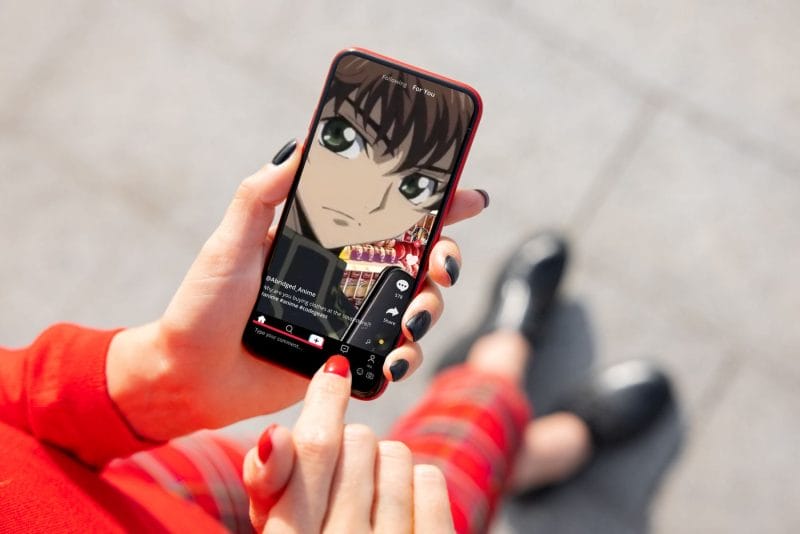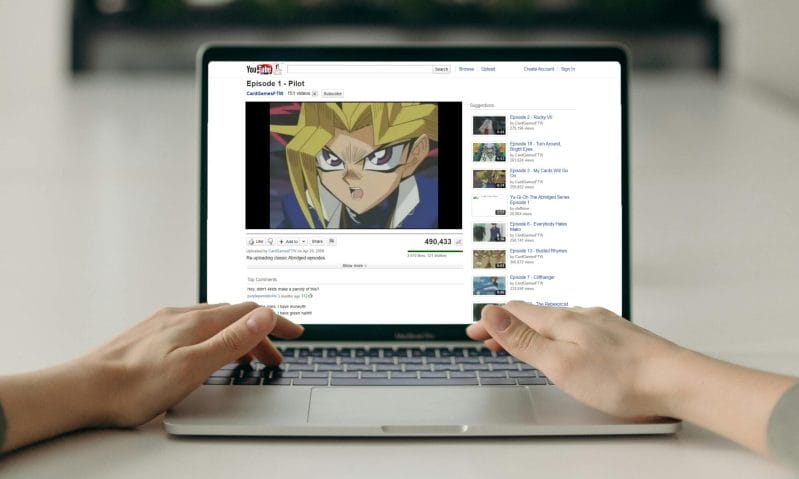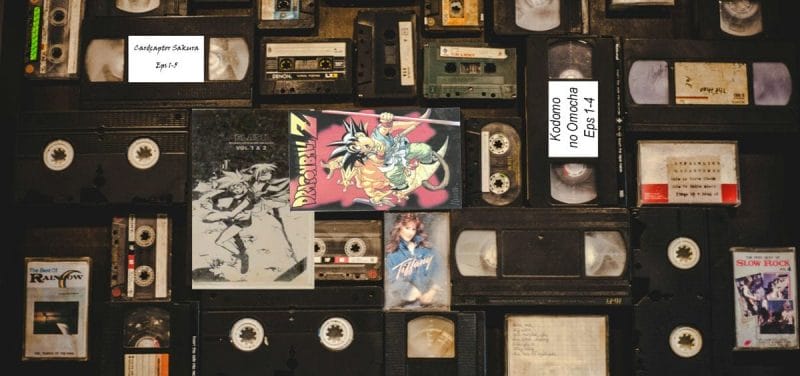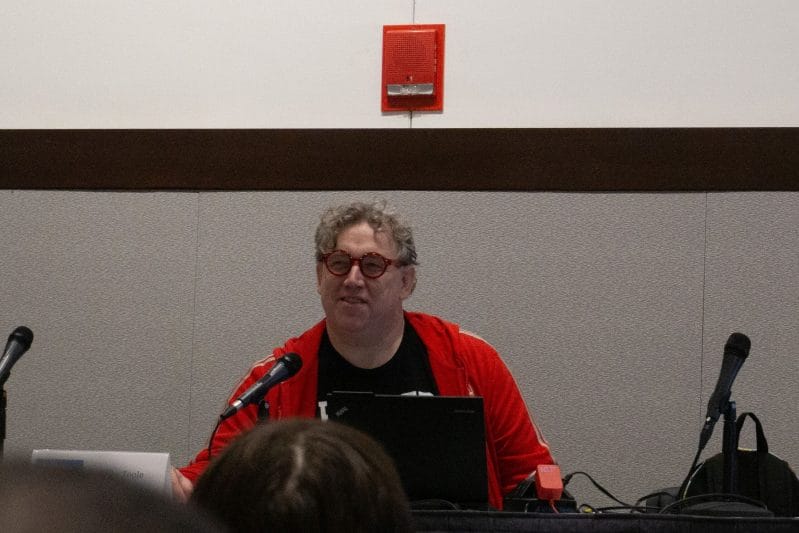In English-speaking countries, it’s become almost a given to see manga on store shelves next to western comics. It really isn’t too much of a stretch to assume that readers expect a manga that becomes even somewhat successful in Japan to receive an English release at some point.
This is not the case in my home country of Denmark. While I remember manga translated into Danish being available on store shelves while I was a kid, I don’t see it around anymore. Actually, outside of the odd Donald Duck magazine, comics have been pushed firmly into the specialty shops by now. Still, I swear there was a time where I could go into pretty much any bookstore and pick up a volume of Dragon Ball, One Piece or Tokyo Mew Mew.
“What happened?” I often ask myself, as I look through my collection of old volumes. “Why did they disappear?”
Surfing the web, I’ve compiled a list of all manga titles that had Danish editions released at some point in time. To limit my scope, I’ve only included manga produced by Japanese authors for a mainly Japanese Audience. Due to the spotty nature of this data, it is impossible to be sure I’ve ended up with a complete list. But by cross referencing lists made independently by others, I think I’ve gotten pretty close. By analyzing the data I’ve gathered, which can be found here, I was able to produce the following chart of new titles released per year:
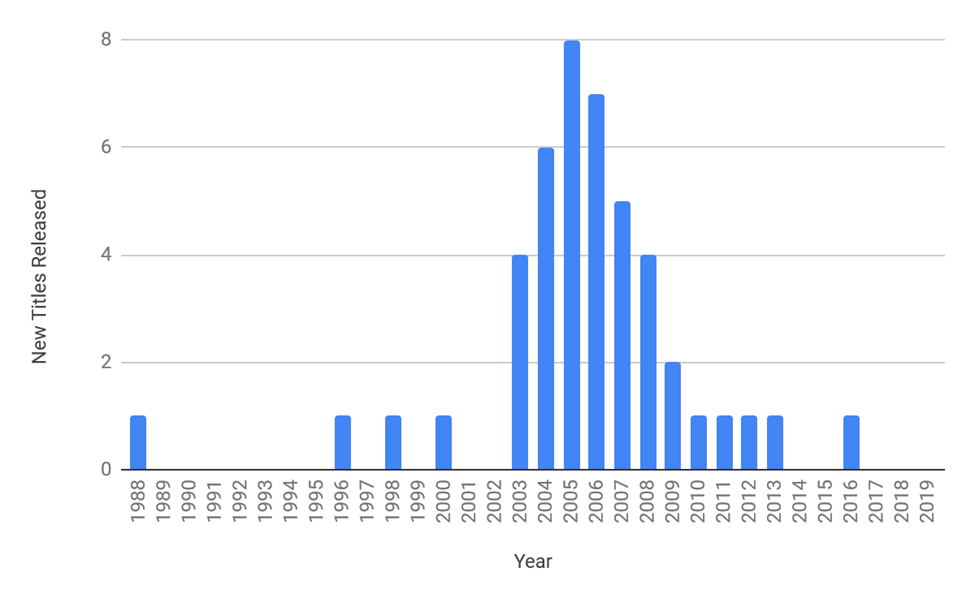
It’s apparent that a lot of manga was actually released back in the 2000s, with a boom occurring between 2003 and 2008. While this only indicates points in time when publishers were willing to release new titles, I’d argue that it is analogous to the general activity in the greater market over that period. It’s worth noting that this kind of chart only offers an overview of the history of publications in Denmark, so in the following I want to elaborate on what actually went down.
The years before the boom appear to have had just a few sporadic releases from a mix of different publishers. The first manga available in Danish was Lone Wolf and Cub, released by Interpresse in 1988. With only a scant six volumes being released before cancellation, its overall impact appears to be muted, at best. In 1996, Arboris Manga started publishing Ghost in The Shell, followed up by Carlsen’s publication of Akira in 1998. All three releases shared the fact that they were targeted towards older readers, and had been flipped for a western style of reading. While both Ghost in The Shell and Akira were ultimately released in their entirety, they failed to have a major impact on the market.
In 2000, as they were also publishing Akira, Carlsen decided to try their hand at publishing Dragon Ball. The title went against the grain of earlier domestic manga releases by shipping to stores in an unflipped tankōbon format, with volumes containing around 200 pages each. On a personal level, I remember a lot of kids my age being drawn in by the gimmick of reading a comic “in reverse.” At the same time, each of the forty-two volumes were cheap, retailing at 39.95kr (approx. $5.94 USD) each. To compare, Anders And & Co., the popular domestic Donald Duck magazine, retailed at 17.95kr (approx. $2.67 USD) with only around fifty pages per issue.
While Dragon Ball ended up becoming a big success on the Danish market, it surprisingly didn’t seem to happen overnight. In an interview from 2005, then CEO at Carlsen Jens Trasborg stated that: “It took about two or three years before Dragon Ball started getting a foothold, we lost money on the release, but then it suddenly started selling.”
I would love to say that the series started selling solely based on its strengths alone, but it seems that the multi-media marketing approach of Dragon Ball shouldered a lot of that particular weight. After all, a Danish dub of Dragon Ball Z began broadcasting on public television in 2002, and popular games like The Legend of Goku and the Budokai series were being released around the same time. Personally, I picked up my first volume in the spring of 2003, because these other products had already piqued my interest. As fortune would have it, this was also just around the time when all the volumes had been published.
In the aforementioned interview, Trasborg mentions that one million copies of Dragon Ball had been sold in Denmark by 2005, which is over 20,000 copies per volume on average. To put this into perspective, the population of Denmark was only 5.4 million at the time. Dragon Ball became a phenomenon here, as it had become in many other countries, and its sales sparked the notable boom in publications between 2003 and 2008.
After finishing Dragon Ball, Carlsen began releasing other well-known titles from the shonen genre like One Piece, Yu-Gi-Oh! and Naruto. During this period, they also released non-shonen titles like Tokyo Mew Mew, Love Hina, D.N.Angel and Neon Genesis Evangelion. 2003 also saw Nordic media group Egmont enter the market with Ranma ½, making them Carlsen’s first major manga competition..
In 2004, a new specialty publisher known as Mangismo appeared on the market. Unlike Carlsen and Egmont, Mangismo only published manga, focusing on less mainstream series including Hellsing, Chrono Crusade, and Gravitation.
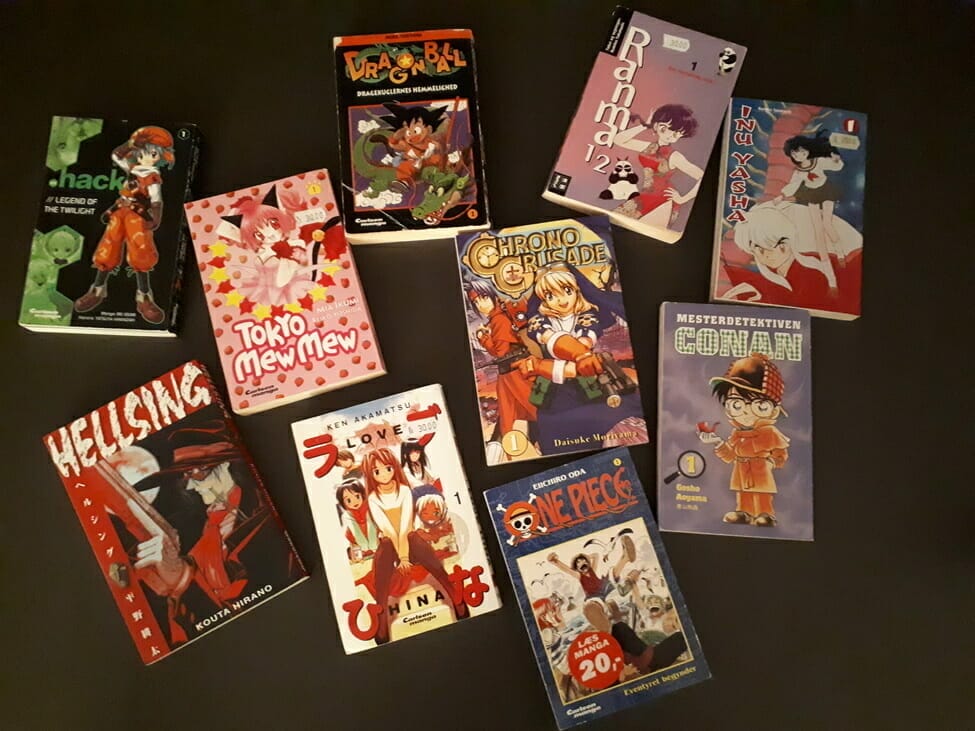
As a result, around the mid 2000s, there were three active publishers on the market and a lot of manga was being released. But, as we know from earlier, the boom could not last much longer.
2007 saw the first signs of trouble, as Carlsen was sold to its former competitor, Egmont. Later in the same year, we saw Mangismo shut down, presumably due to low sales. Luckily for fans, though, Mangismo was able to sell some of its unfinished series to Carlsen, so that they could be released in their entirety.
As the dust settled on these events, comics editor at Carlsen, Johnnie McCoy, gave an interview stating:
“I believe that things progressed a bit too fast, when Mangismo appeared on the scene. As they are no longer present, we (Carlsen) want to dial the number of titles on the market back from 2009 onwards. We still have some good shonen titles [1] (primarily from Shueisha[2] ), which are selling well and are shouldering the overall weight [of publishing costs]. We want to slowly expand with some strong girl-titles and some series for older readers such as Fruits Basket and Death Note…”. [3]
It seems that the Danish market wasn’t big enough for multiple publishers, and during the previous years it had become saturated with releases. Carlsen wanted to ship more series going forward, which they did slowly for a time. Sadly, the strategy proved unsuccessful as we entered the 2010s, when Carlsen started feeling financial pressure to cancel ongoing titles. In 2011, they canceled both Fruits Basket and Fullmetal Alchemist, an infamous decision that left only One Piece and Naruto in active circulation.
While these shonen staples were regarded as breadwinners at Carlsen, McCoy responded in another interview that: “One Piece and Naruto are not hits to such a degree that they are able to support other series’ [sales] or help invest further in the [manga] program and the market”.
The writing was on the wall. In the same interview, McCoy confirmed that Carlsen wasn’t planning on releasing any new titles in the near future. The publisher cancelled One Piece in 2012, and Naruto halted production in 2013.
While I haven’t been able to find exact sales numbers from the time, McCoy said in the aforementioned interview that selling 1,400 copies of a volume wasn’t profitable, thus suggesting sales were much lower than anticipated. Considering that in 2005, a single volume of Dragon Ball sold more than 20,000 copies in Denmark, the cancellations begrudgingly make sense.
Though it’s easy to blame declining sales on market saturation, other elements came into play. Notably, prices steadily rose over the decade, from 39.95kr per volume, to 69.95kr (approx. $10.41 USD) per volume. This could be due to a feedback loop, in which a decrease in the number of printed copies increased the production cost of each volume. If I were to speculate, I’d also add that I believe that fans, who had grown up reading these titles, had either moved on from the medium, or, after becoming proficient in the language, started reading English translations online.
In 2014, Dansk Tegneserieråd’s (Danish Comics Council) annual white paper, which summarizes the state of comics in Denmark, officially declared manga “dead.” In spite of Fahrenheit publishing some of Jiro Taniguchi’s works for the collector’s market after 2013, I support this statement.
So what’s it like, living in a post-manga world? I personally get my fix by buying imported English copies, either at my local comic shop or online. Because of import fees, this often means that a new manga will cost over 100 kr (approx. $14.88 USD), but as an adult, that’s not too much of a hit to my wallet.
With the state of things as they are today, however, I kind of fear for future generations. Without manga being cheaply available on store shelves and in Danish, I believe that kids will be met with both a financial and a language barrier if they want to get into manga. Having enjoyed the medium so much as a kid, I’m sad that many will have to wait ‘til they are older to discover and appreciate it.
Manga has meant a lot to me over the years, and there is a special place in my heart for the Danish editions I used to read. While they naturally remind me of a simpler time, they were also a big part of me coming into my own and reaching out to others who share my interests. Were it not for those original forty-two volumes of Dragon Ball, I honestly don’t think that I would have met so many amazing people or have the friendships that I cherish today, both offline and online.
So thank you, Danish Manga. Your time may have passed, but your impact was great.




